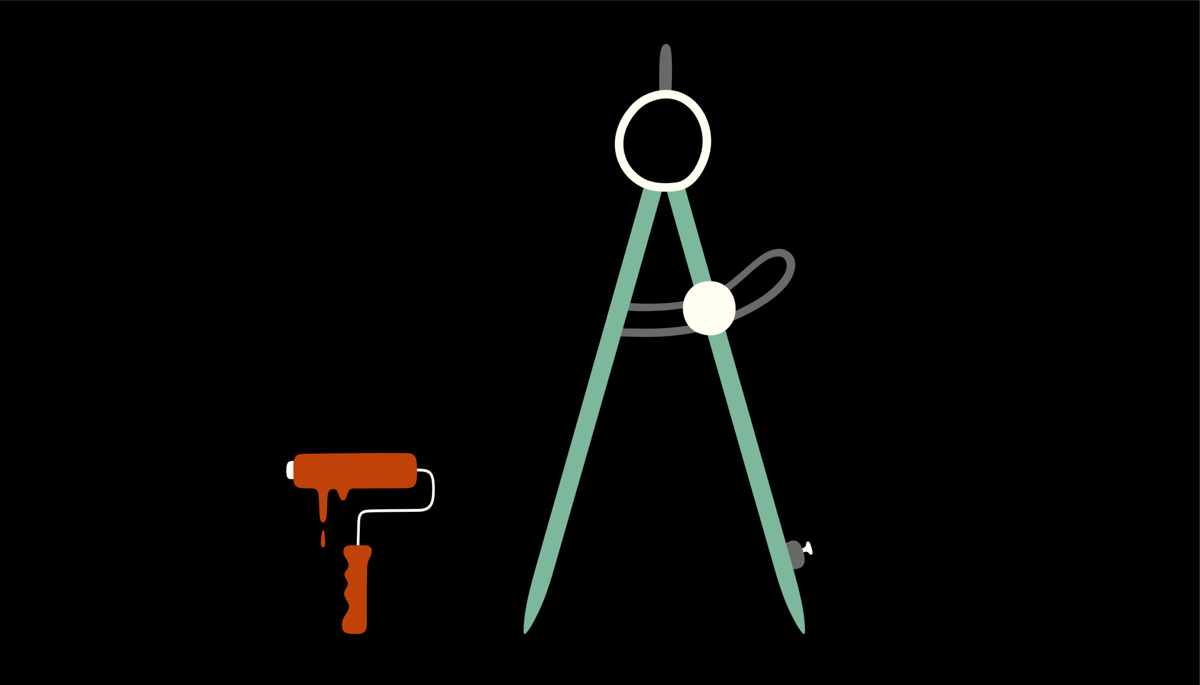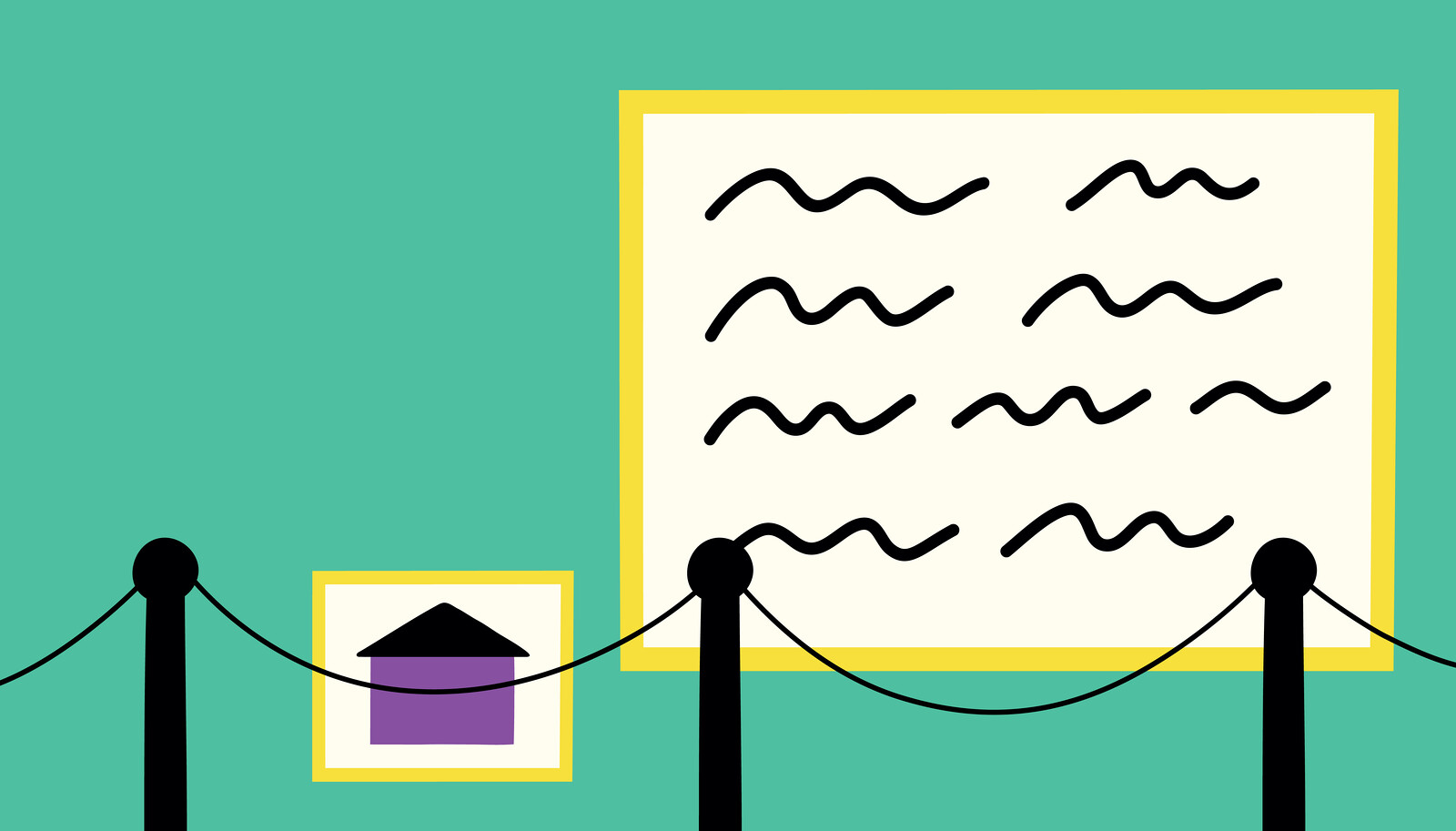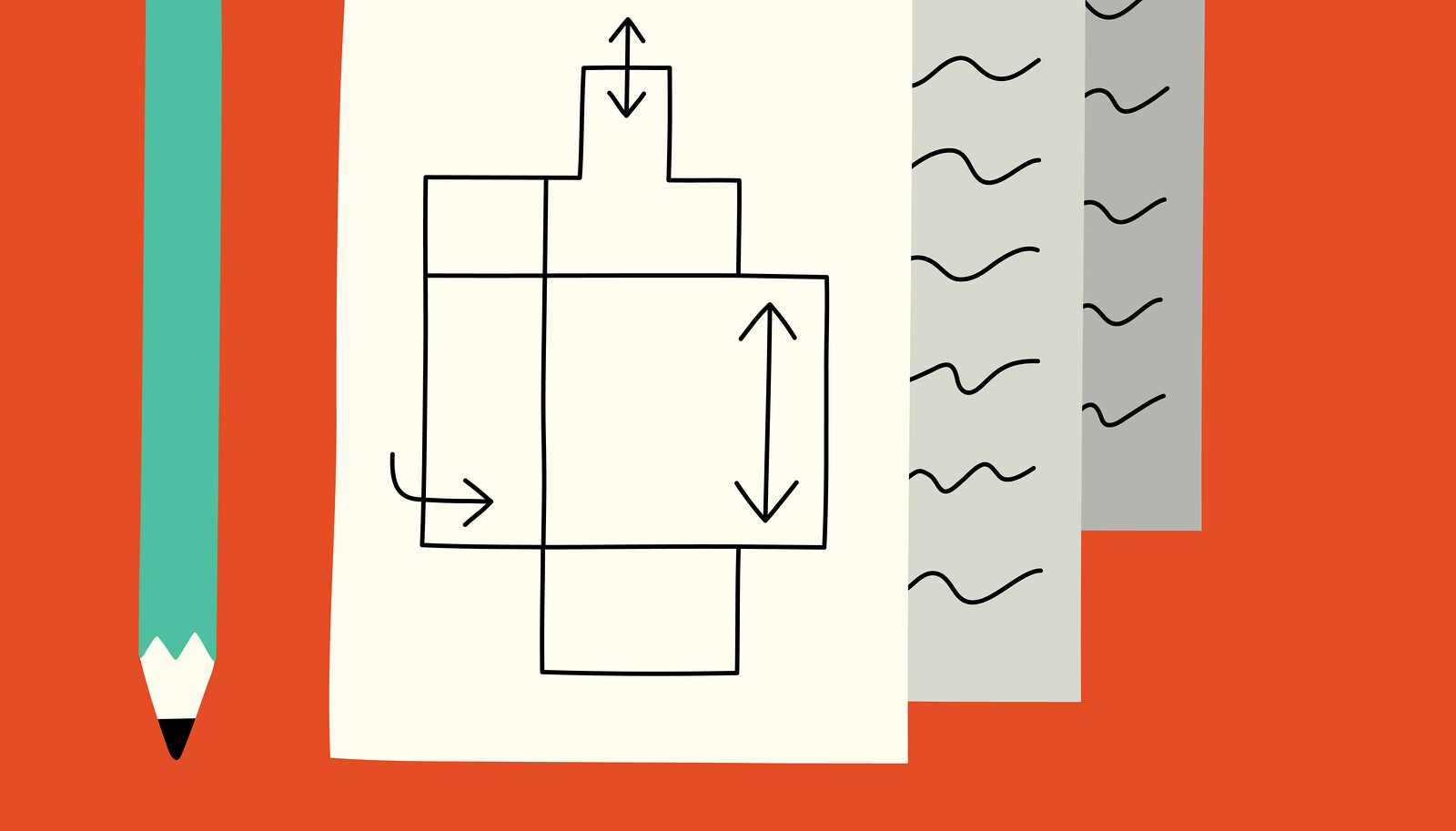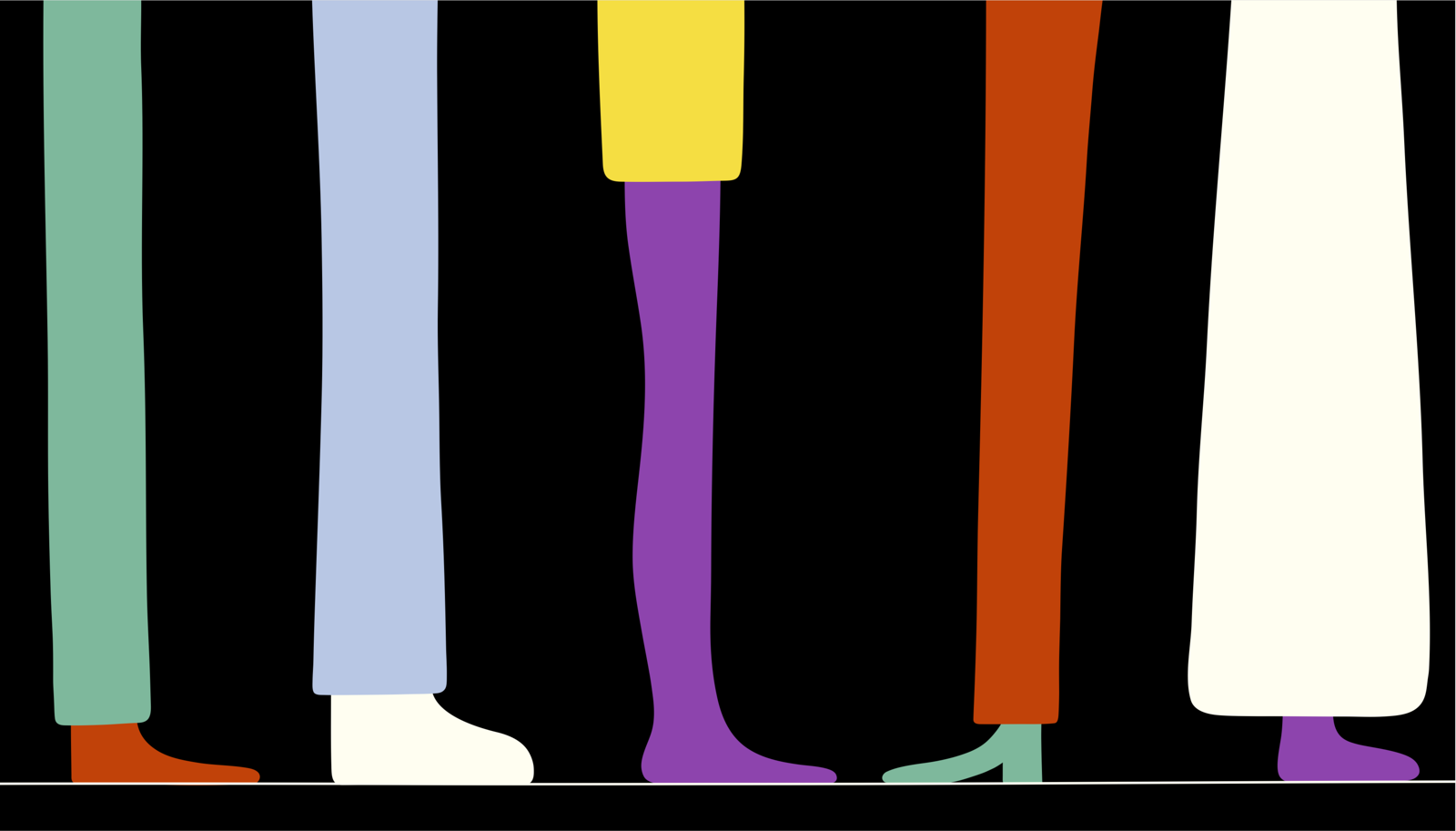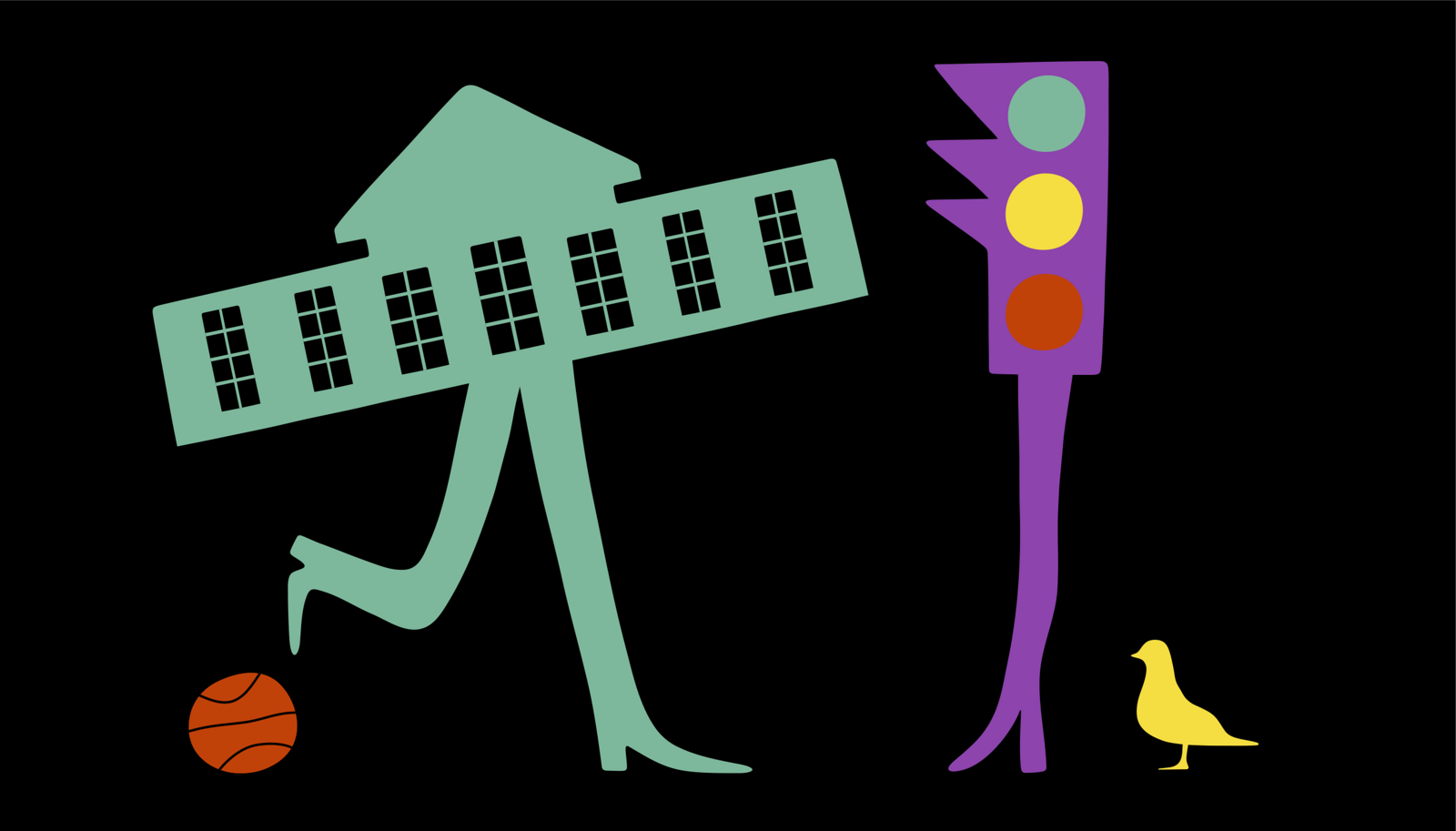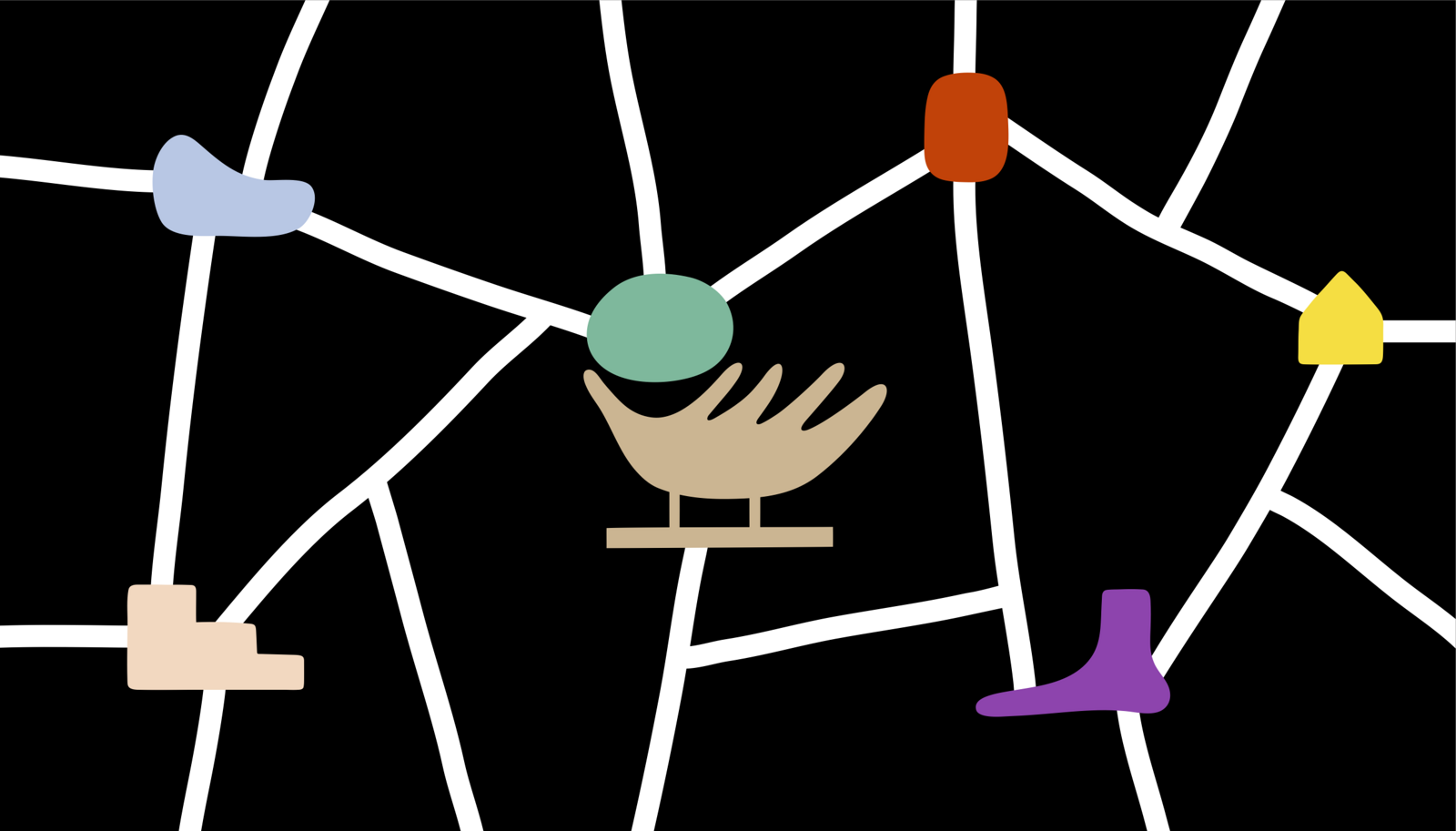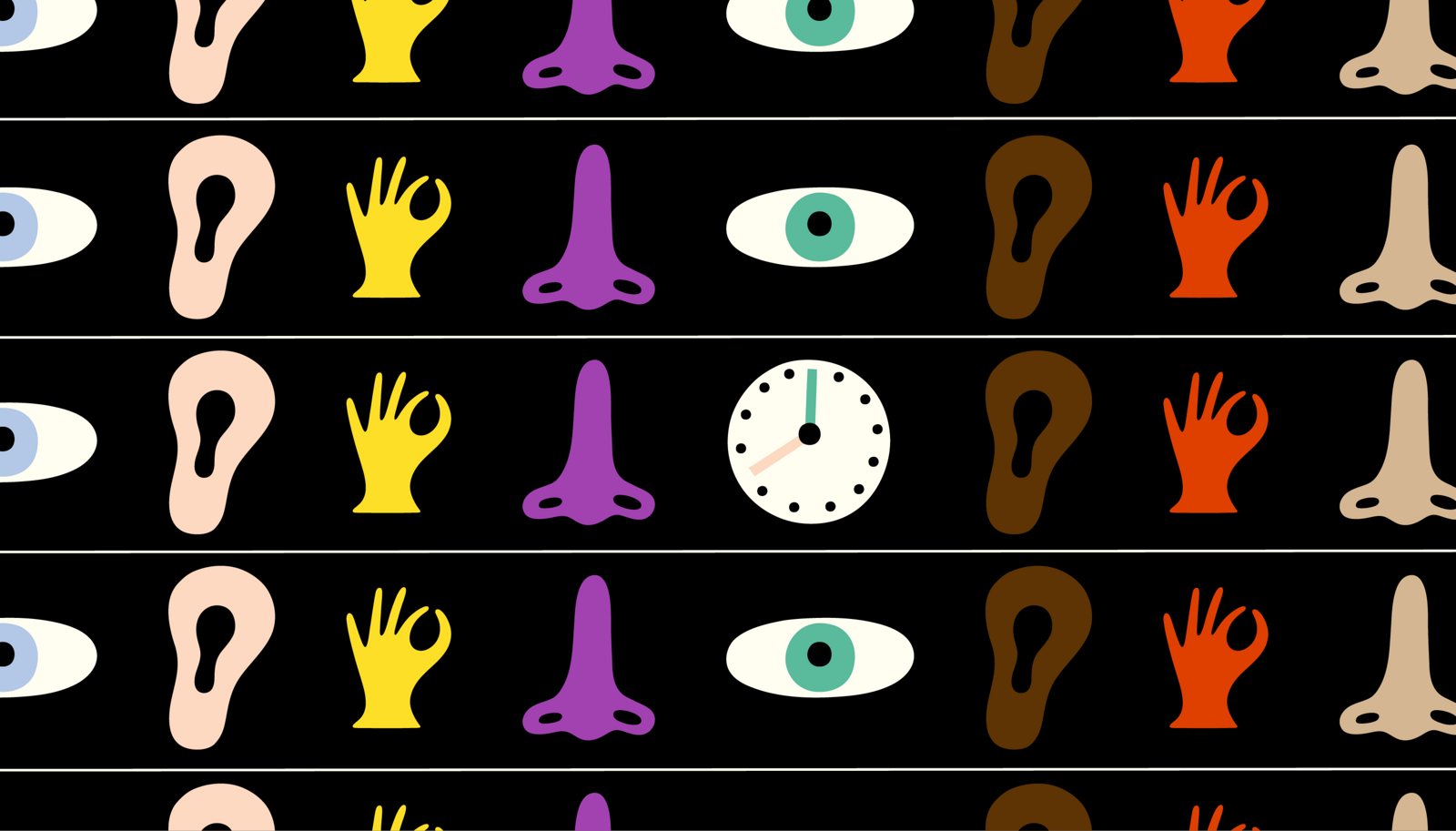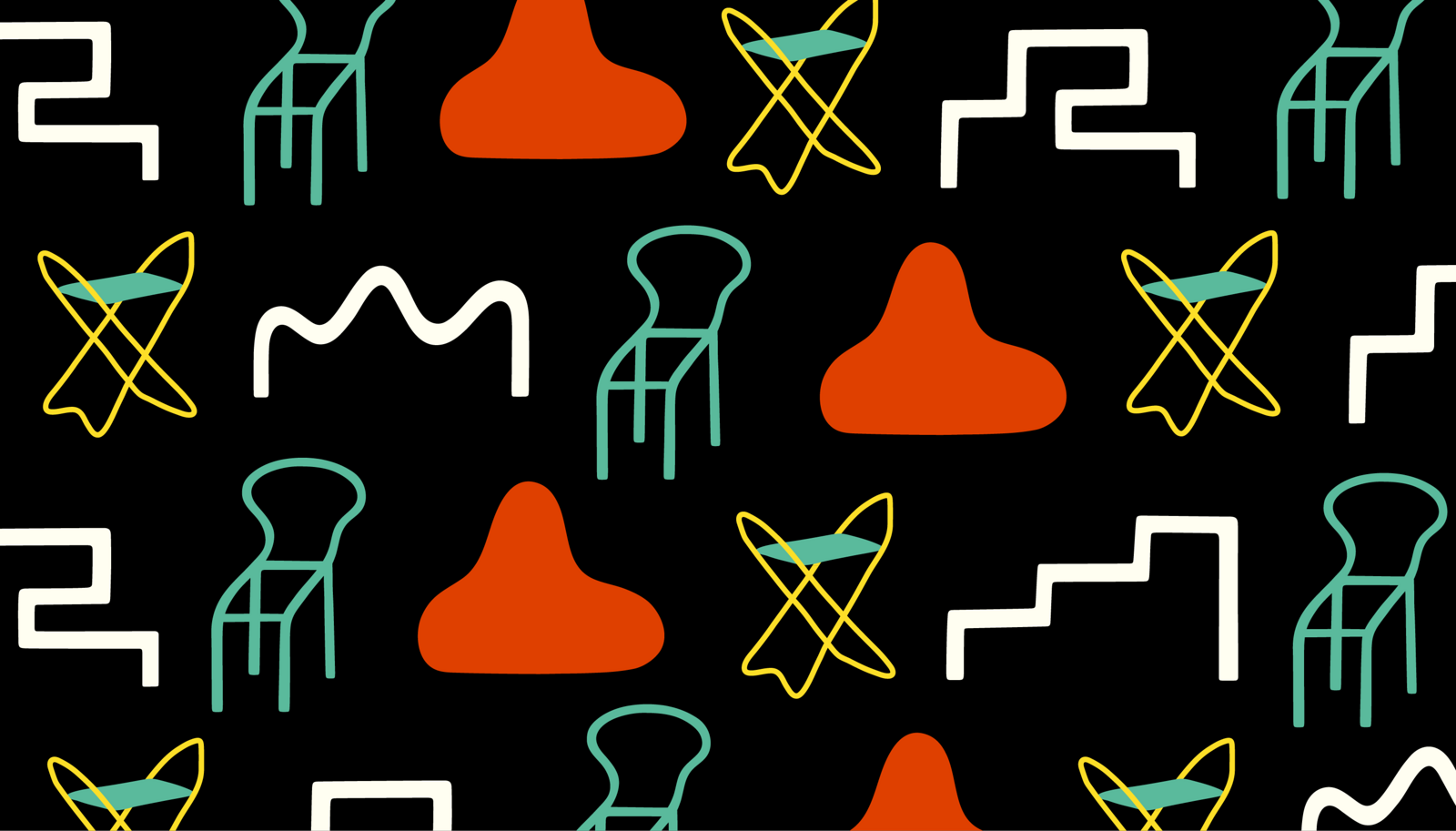Having served as director of two Los Angeles-based non-profit organizations dedicated to architectural exhibitions, I am often implicated in the making of exhibition budgets.1 Seemingly straightforward, the exhibition budget takes the form of a spreadsheet that intends to capture the cost or expenses of a production against incoming funding or revenue. Ideally, expense and revenue would match, but rarely do they hold. Because exhibition budgets are drafted before the actual production of an exhibition, they are often documents of conjecture, offering a speculative cost of materials to be consumed, time to be deployed, and labor to be commissioned. With experience, one might be able to say whether an exhibition will cost $1,000 or $100,000, but it is an artful science to project an exhibition budget beyond a certain scale of magnitude or complexity. The exhibition budget is rarely treated or interpreted as a possible site of critical inquiry. Instead, budgets are seen as lowly documents, an administrative consequence or a bureaucratic necessity full of constraints, grievances, and limitations. Yet my experience has taught me to read exhibition budgets as discursive sites of production, full of meaning, value systems, and decision points. The exhibition budget works, and in its workings, it can produce and reproduce social and political effects.
Most exhibition budgets will be made as spreadsheets, which can either be understood as either a site of abstraction (transforming activity into numbers) or a site of maintenance (record-keeping in order to maintain the status quo).2 The exhibition budget often presents a few standard cost categories: transport, materials, stipends, photography, graphic services. These cost categories tell stories about the values embedded within an exhibition-making process, including who or what is valued. I am always uneasy when I see a significant percentage of the budget allocated to transport, because it redirects resources away from artists and artworkers. It also reveals the scope of the art shipment’s impact on the environment, as shipping costs often parallel carbon costs.3
Cost categories outlined within an exhibition budget can also offer clues to the curatorial experiences of the budgeter and their politics. For example, a common line item excluded from budgets received and reviewed is the material cost of an exhibition’s closure; the material costs of deinstallation and waste haul. Most cost planning is devoted to an exhibition’s opening and presenting, but very little planning is dedicated to its afterlife. Yet the inclusion of this detail is social, and attends to the invisible forms of labor that substantiate exhibitions after their public showing. Mierle Laderman Ukeles points to the unseen caretaking of creative work in MANIFESTO FOR MAINTENANCE ART 1969! Proposal for an Exhibition “CARE”, asking: “After the revolution, who’s going to pick up the garbage on Monday morning?”4 How far along a timeline does the exhibition budget extend, and does it touch or encompass the maintenance worker and the clean-up crew? Surfacing the costs of “invisible” labor such as deinstall and disassembly is an act of care, attending to processes of exhibition-making that proliferate beyond the moment of public viewing.5
Another problematic definition of labor lurks in the exhibition budget, but often times out in the open, as an explicit line item within the spreadsheet: that of voluntary, free labor. This is the gifting of labor or services, without expectation of monetary exchange. While architects produce exhibitions, the exchange value for such services is murky. The category of the architect-as-cultural-worker, and the costs associated with such labor, is notoriously difficult to pinpoint. Outside of highly institutionalized settings (those associated with major museums or larger institutions), most architectural labor devoted to exhibition-making is often a form of gifted labor. Whether it’s a fellowship project, awards exhibition, thesis prize, group show, or pavilion competition, the architectural work of staging an exhibition too often pushes up against the financial constraints of a project. A small honorarium or stipend might offset the burden, but this would be well below any understanding of minimum wage.
Gifting and surviving are not aligned. For many, the capacity to offer gifted labor in an exhibitionary context is made possible through other flows of capital infusion: through fellowship stipends, tenure-track salaries, academic research-based funding, or the social capital of well-networked friends and family. Cultural activity in architecture is often a private independent initiative, as dependent on in-kind and gifted labor as it is on private or generational wealth, endowments, and corporate gifting. For this reason, gifted labor has acquired a culpable status—one associated with blind privilege over philanthropic agency. The voluntary transfer of time, skill, and resources from one entity to another is caught up in systems of inequity, transforming a gift into an system of oppression.
If “a gift transforms at numerous junctures,” as Jeffrey Inaba articulates in World of Giving, then labor transforms along with it.6 How do we account for such labor and what are its effects? The model of the nonprofit organization has developed a unique system for capturing this moment of transformation. In order to accommodate the activity of gifting into a market of exchange, nonprofits in the United States have developed a system of “in-kind acknowledgement.” In-kind acknowledgements quantify the value of all gifts and divides them into a classification system for gifting, with attributes such as materials (goods), skill (services), and real estate (property).7 In this way, the system of acknowledgement transforms an act of good will into a measurable output. Whether producing models for an exhibition, installing pavilions for a presenting institution, or coordinating group shows for museums, most unpaid labor by architects fall into the category of “skills or services rendered,” i.e. the gifting of professionalized skills.8
These forms of gifts are typically acknowledged when they are given by “professionals” such as doctors, lawyers, and architects (but not artists). The architect’s gifted labor is made visible in this accounting system. Gifted labor therefore accounts for something. Nonprofits can actively tally the amount of gifted labor they receive into their annual financial report. If organization accounts for $50,000 in monetary exchange and $50,000 of in-kind services, for instance, their annual budget—a figure that hold significance in fundraising and other promotional activities—is calculated to be $100,000. Gifted labor has a direct impact on the articulation of an organization’s size and value.
Because exhibitions are often considered to be containers of representational or conceptual acts, revealing or showing the activities of the architect—but not constituting the architectural work in and of itself—exhibitions and cultural work has broadly fallen outside the recent historiographic register and critical attention to the activity termed “architectural labor.”9 But exhibitions teach us that monetary exchange is not the only form of exchange, nor the only valuation of labor that is possible. How can we value and re-evaluate gifted labor within exhibitions, without simply advocating that architects do more free work? How can we develop systems of reciprocity in architecture, and construct new institutional frameworks that actively value it? What would be required for gifting to enter into the register of accounting and accountability without it being culpable to exploitation?
Art and architectural historians alike have addressed how ancillary sites such as the catalogue, the storefront, and exhibition design stand in as “forms” of cultural technique which become the site of interpretation in their own right.10 Rather than de facto document, considering the exhibition budget as a cultural technique might force us to rethink the processes and assumptions leading up to a show. The exhibition budget works as a propositional document, weaving a set of relationships between people, objects, and processes—bringing labor, material, and institutions together. Classification systems deployed within the budget (which may separate labor from material, or artwork from art worker) reveal specific cultural values and narratives of the condition of exhibition-making. The exhibition budget is a site of political action, a site for the propositions for new value systems. What would happen if the cost of transport could not exceed the cost of human wage?
From 2015-2020, I served as executive director and curator of Materials & Applications, a nonprofit organization dedicated to presenting new ideas and processes in architecture through built work and public programs. In 2021 I joined the MAK Center for Art and Architecture as its new director.
Since the introduction of Google Sheets, spreadsheets have also served as a site for collective anonymous outrage, reshaping the uses of spreadsheet from a tool for accounting to a tool of accountability. See Laida Aguirre, Jia Yi Gu, Gary Riichirō Fox, Cyrus Penarroyo, “The Open Letter and the Spreadsheet: Digital Vigilante Practices in Architecture,” MAS Context 33 (2021): 278–291.
Shippers and carbon calculators even share similar metrics of calculation including weight, distance, and transport type. See Gallery Climate Coalition, The Impact of Art Shipment on the Environment, 2020, ➝.
Mierle Ldaerman Ukeles, MANIFESTO FOR MAINTENANCE ART 1969! Proposal for an Exhibition “CARE”, 1969.
A few architects have worked on this question of the afterlives of exhibitions. For Materials & Applications, Michigan-based studios EXTENTS project Lossy/Lossless (2019) and stock-a-studio’s installation (kit of these some parts) x budget gym) (2019) utilized ready-made and custom assembly systems to resolve the installation’s disassembly. Both yyy-mm-dd (Kate Chiu and Francois Sabourin) and Ang Li’s practices incorporate reuse through disassembly to build attention towards the material impact.
See Jeffrey Inaba, World of Giving (Baden: Lars Muller Publishers, 2010), 150.
These types of gifts (goods, services, property) are generally acknowledged in non-profit accounting: goods, services, and property. “In-kind goods” are forms of tangible property, essentially anything that is not money or labor, like furniture, computer equipment, food and meals, or hardware. “In-kind property” is a separate category, which encompasses donations of real property such as land, real estate, or equipment (not simply the use of the space, but the actual transfer of ownership). The third category, “in-kind services,” is a more discrete realm, and can only be recognized in financial statements if the services enhance the organization, require specialized skill, and would typically be purchasable if not provided as a gift.
In-kind services and contributions are valued at their fair market value or at their actual cost, so an architect who has contributed n hours of work to the building of their installation in theory could be said to have donated n number of hours of in-kind services. In this way, an exhibition requiring $1,000 in materials and supplies in fact can be accounted for and valued at $100,000 if the architectural labor expended carries the market value of $90,000. In 1993, the Financial Accounting Standards Board established the Statement of Financial Accounting Standards No. 116 (FASB116) which sets the standard for recording in-kind contributions in the general ledger for accounting purposes.
Thanks to Ana Miljacki for the invitation to join her in dialogue on formats of care and institutional practices in architecture, where the early seeds of this essay unfolded in the series Conversations on Care on May 8, 2020, ➝.
On catalogs, see Gwen Allen, “The Catalog as an Exhibition Space in the 1960s and 1970s.” In: When Attitude Becomes Form: Bern 1969/Venice 2013 (Milan: Progetto Prada Arte, 2013), 505–510. On storefronts, see Mike Cooter, “SPACES—The Storefront Gallery,” Art Agenda (2016), ➝. On exhibition design, see Mary Anne Staniszewski, The Power of Display (Boston: MIT Press, 1998).
Solicited: Proposals is a project initiated by ArkDes and e-flux Architecture.
